For artists, the choice of color is essential in creating a unique and compelling work of art. Every color has its unique characteristics that can evoke different emotions and moods. Opera Rose has found its place in the artist’s palette is versatile and vibrant. In this article, we will explore this color’s use and significance in the art world, providing insights into why it continues to be a popular choice among artists.
Opera Rose by different brands
Find 9 manufacturer(s) of watercolors below. We’ve also compiled a list of our favorite art supplies here.
Opera Rose – Winsor & Newton
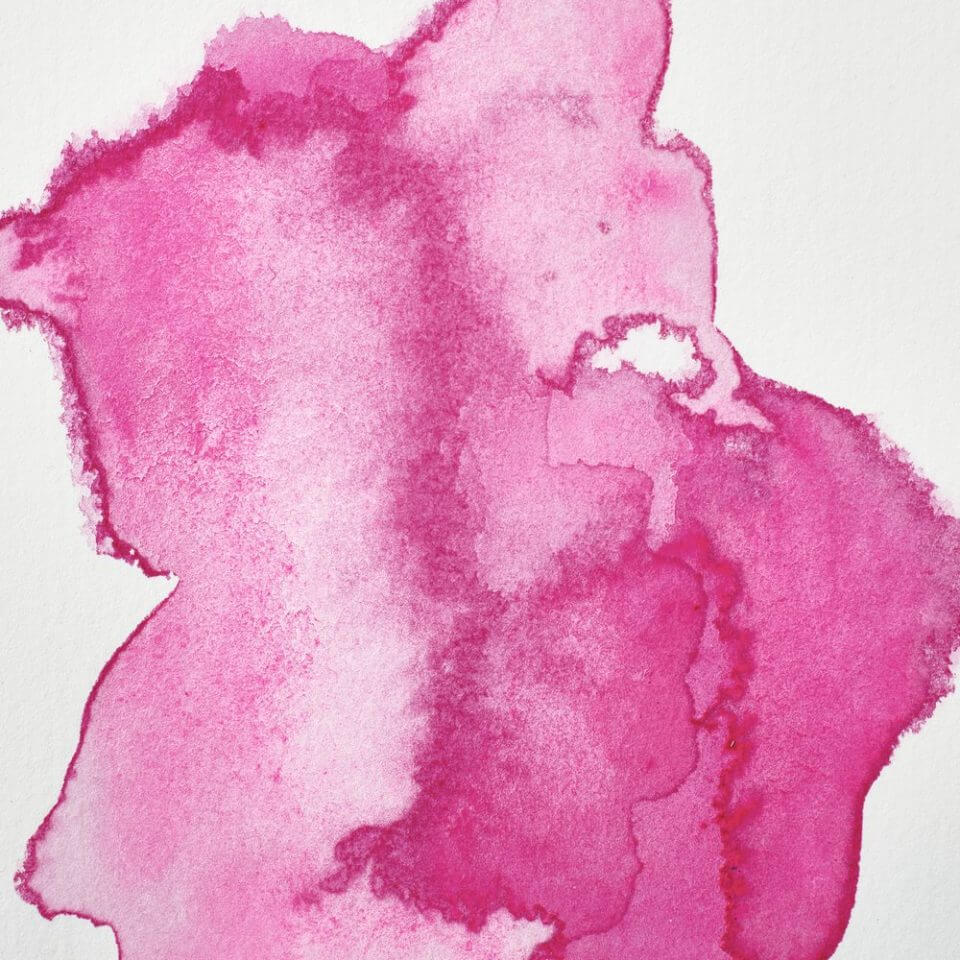
Opera Rose is a vivid magenta rose colour.
| Color No.: 448 | Lightfastness: | Opacity:Semi-Transparent |
| Staining: | Granulation: | Sizes: 5ml tubes; 14ml tubes; Half Pans |
Permanent Rose – Winsor & Newton
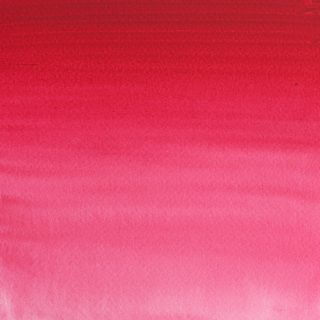
Permanent Rose is a bright rose violet colour. It is a transparent quinacridone pigment and was introduced in the Winsor & Newton range in the 1950s.
| Color No.: 502 | Lightfastness:II – Very Good | Opacity:Transparent |
| Staining: | Granulation: | Sizes: 5ml tubes; 14ml tubes; Half Pans |
Quinacridone Rose – Daniel Smith
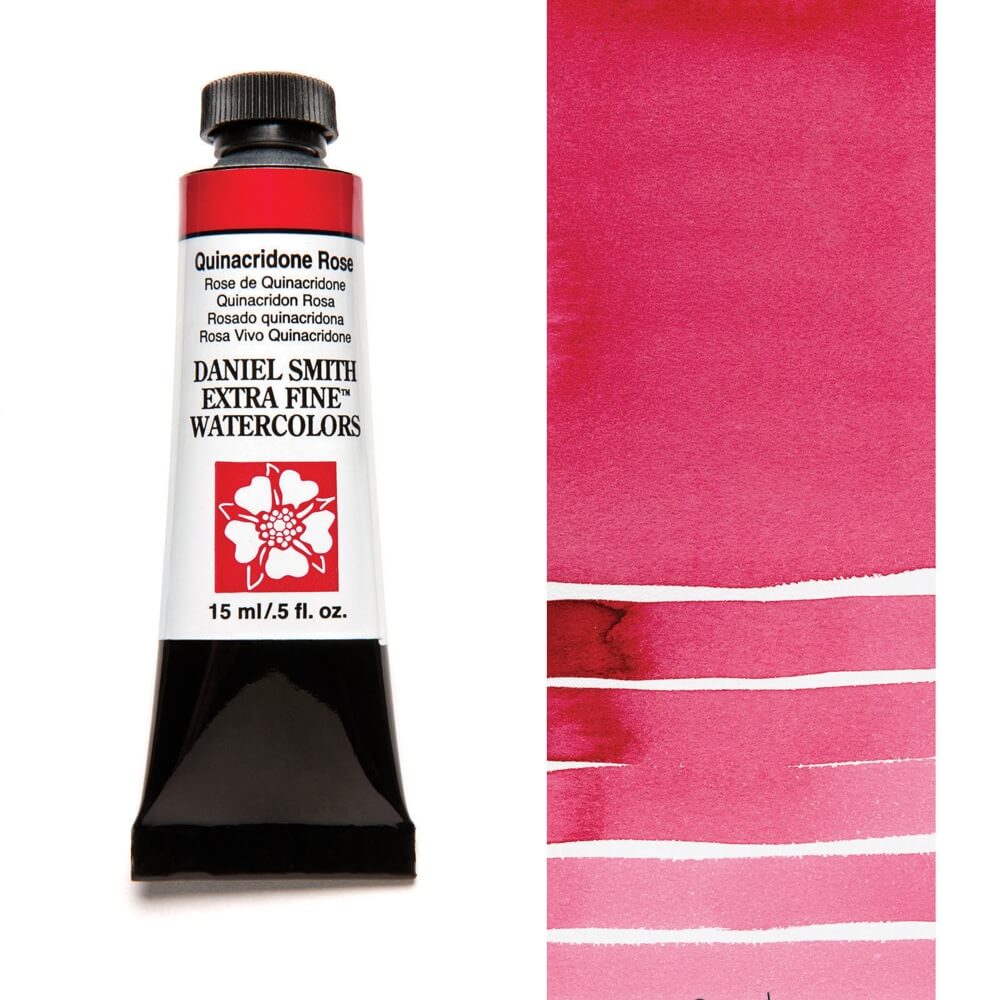
Quinacridone Rose, with its red-violet color, lends itself to fabulous purples. Try with Indigo for deep dusty purples, or Indanthrone Blue for rich, clear purples. Quinacridone Rose can be mixed with Quinacridone Sienna or Burnt Orange in dilute wash states to create fleshtones or convincing sunsets. Highly durable and extremely transparent, all the DANIEL SMITH Quinacridone colors excel in vivid clarity and intensity.
| Color No.: | Lightfastness:I – Excellent | Opacity:Transparent |
| Staining:3-Medium Staining | Granulation:Non-Granulating | Sizes: 5ml tubes; 15ml tubes; Half Pans |
Quinacridone Rose – Van Gogh
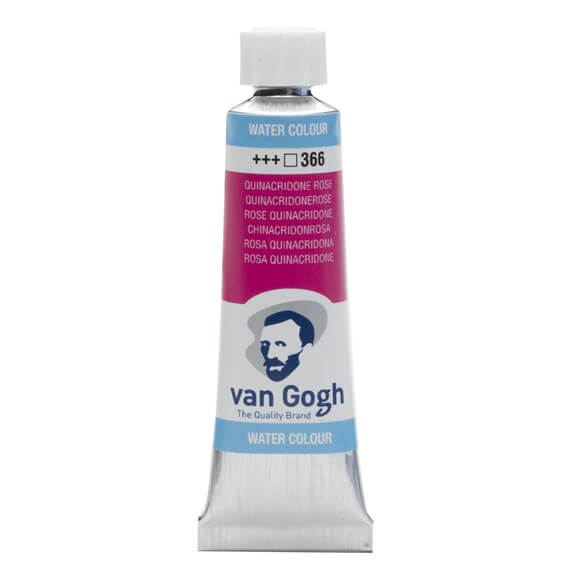
| Color No.: 366 | Lightfastness: | Opacity:Transparent |
| Staining: | Granulation: | Sizes: Tube 10 ml |
Quinacridone Rose – Rembrandt
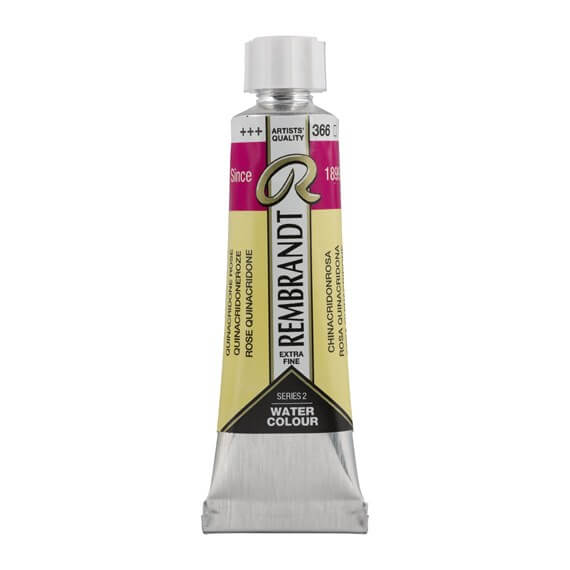
| Color No.: 366 | Lightfastness: | Opacity:Transparent |
| Staining: | Granulation: | Sizes: Tube 10 ml |
Quinacridone Rose Magenta – Rembrandt
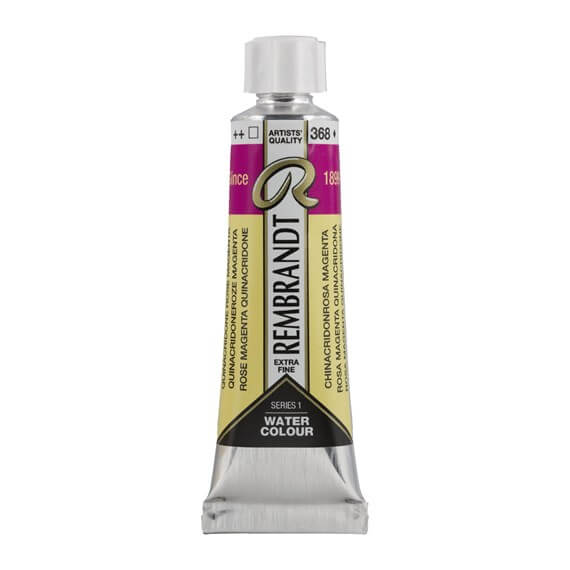
| Color No.: 368 | Lightfastness: | Opacity:Transparent |
| Staining: | Granulation: | Sizes: Tube 10 ml |
Quinacridone Rose Reddish – Rembrandt
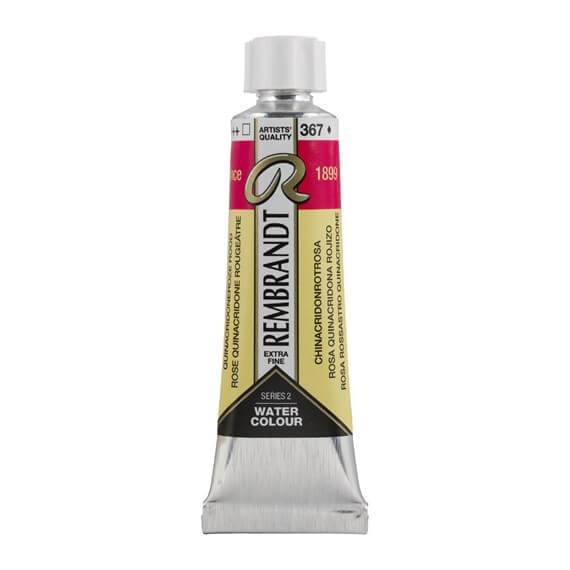
| Color No.: 367 | Lightfastness: | Opacity:Transparent |
| Staining: | Granulation: | Sizes: Tube 10 ml |
Rose – Van Gogh
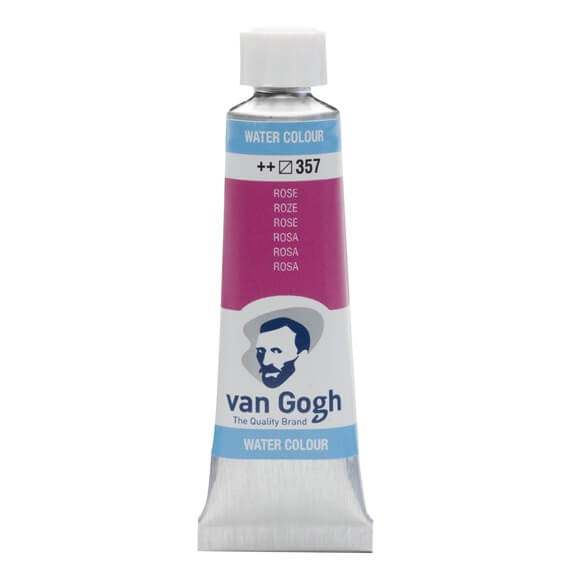
| Color No.: 357 | Lightfastness: | Opacity:Semi-transparent |
| Staining: | Granulation: | Sizes: Tube 10 ml |
Rose – Rembrandt
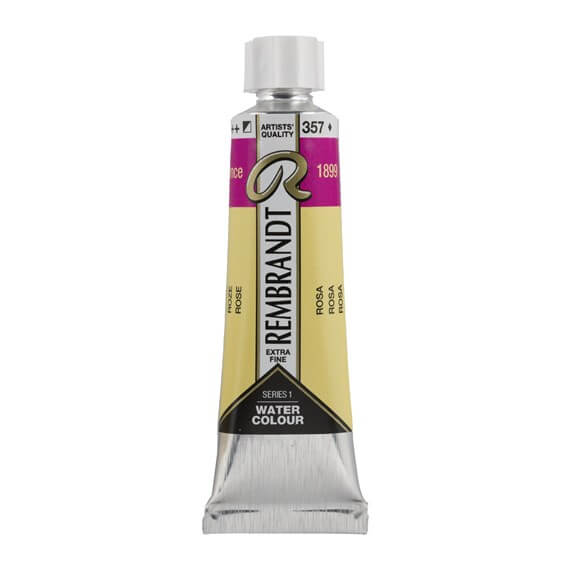
| Color No.: 357 | Lightfastness: | Opacity:Semi-opaque |
| Staining: | Granulation: | Sizes: Tube 10 ml |
Tips when choosing colors
When it comes to choosing colors for watercolor painting, there are a few tips to keep in mind. First, consider the color wheel and how different colors interact with each other. Understanding complementary colors, warm and cool tones, and color harmonies can help you create dynamic and visually appealing artworks. Additionally, think about the subject matter and the mood you want to convey. For example, if you are painting a landscape, you may want to choose greens and blues for a calming and natural feel. Lastly, experiment with different brands and pigments to find colors that suit your style and technique. Remember, the color choices you make can greatly impact the overall look and feel of your artwork, so take your time and choose wisely.
Also read, watercolor essentials to see which colors are essential
History of Opera Rose
Opera Rose is a vibrant and intense pink color that is popular among watercolor artists. It was first introduced by the American company, Grumbacher, in the 1970s. The color is made from a blend of pigments that includes quinacridone, a synthetic organic compound that produces bright and vivid hues. Opera Rose is a non-toxic, lightfast, and transparent paint that is ideal for creating bold and eye-catching paintings.
Fun Fact: The name “Opera Rose” comes from its use in opera posters and other promotional materials during the late 19th and early 20th centuries.
How watercolor paint is made
Watercolor paint is typically made from a few simple ingredients:
- pigments
- binders
- water
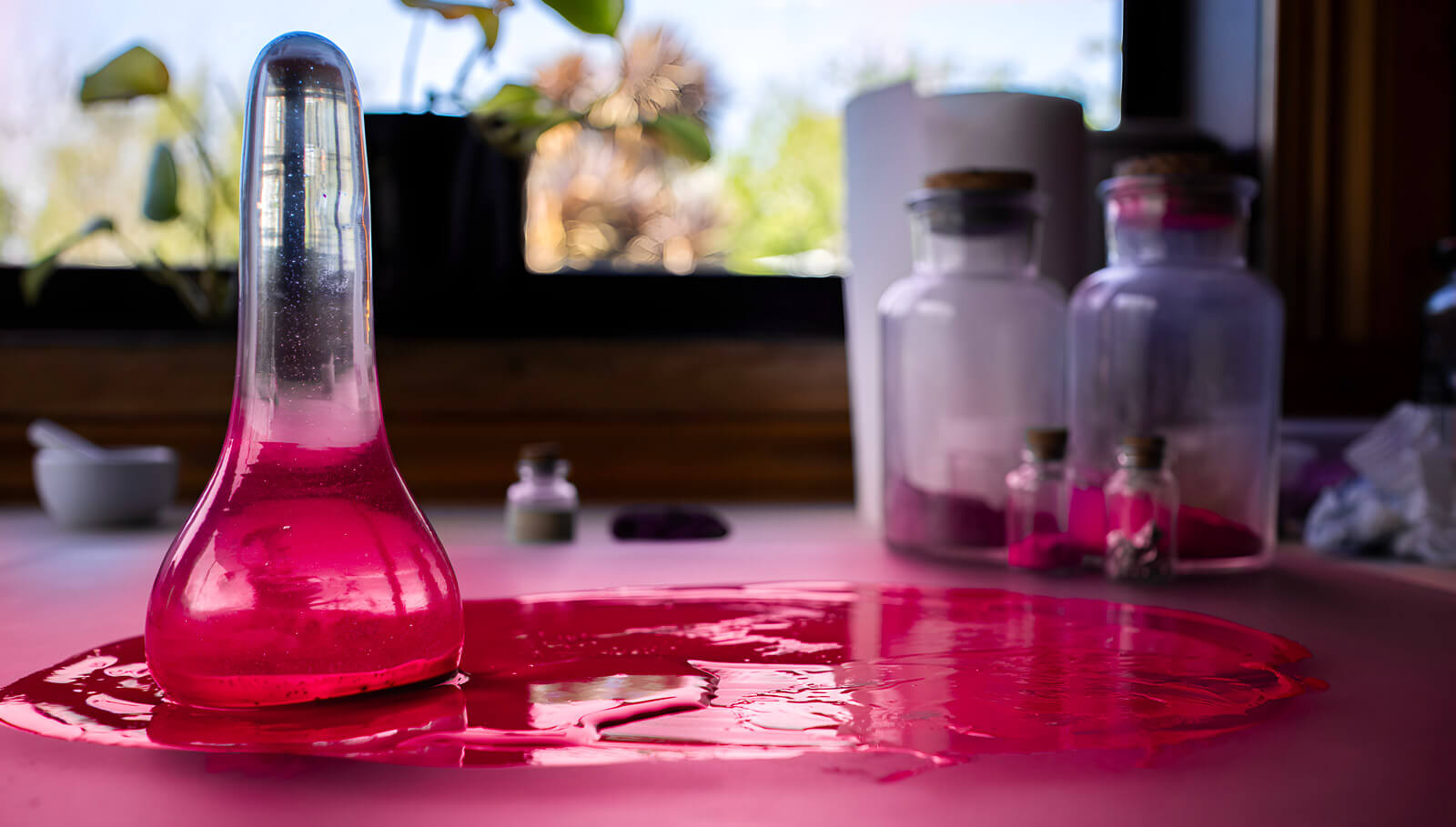
The pigments used in watercolor paints can be organic or inorganic compounds, such as minerals or synthetic chemicals. These pigments are finely ground and then mixed with a binder, which helps the pigment particles adhere to the paper when the paint is applied.
The most common binder used in watercolor paints is gum arabic, a natural resin extracted from the sap of the acacia tree. Gum arabic is mixed with the pigment to create a thick paste, which is then combined with water to create the final paint.
Other additives may be added to the paint to improve its performance or create specific effects. For example, some watercolor paints may include wetting agents to help the paint spread more evenly on the paper, or preservatives to extend the paint’s shelf life.
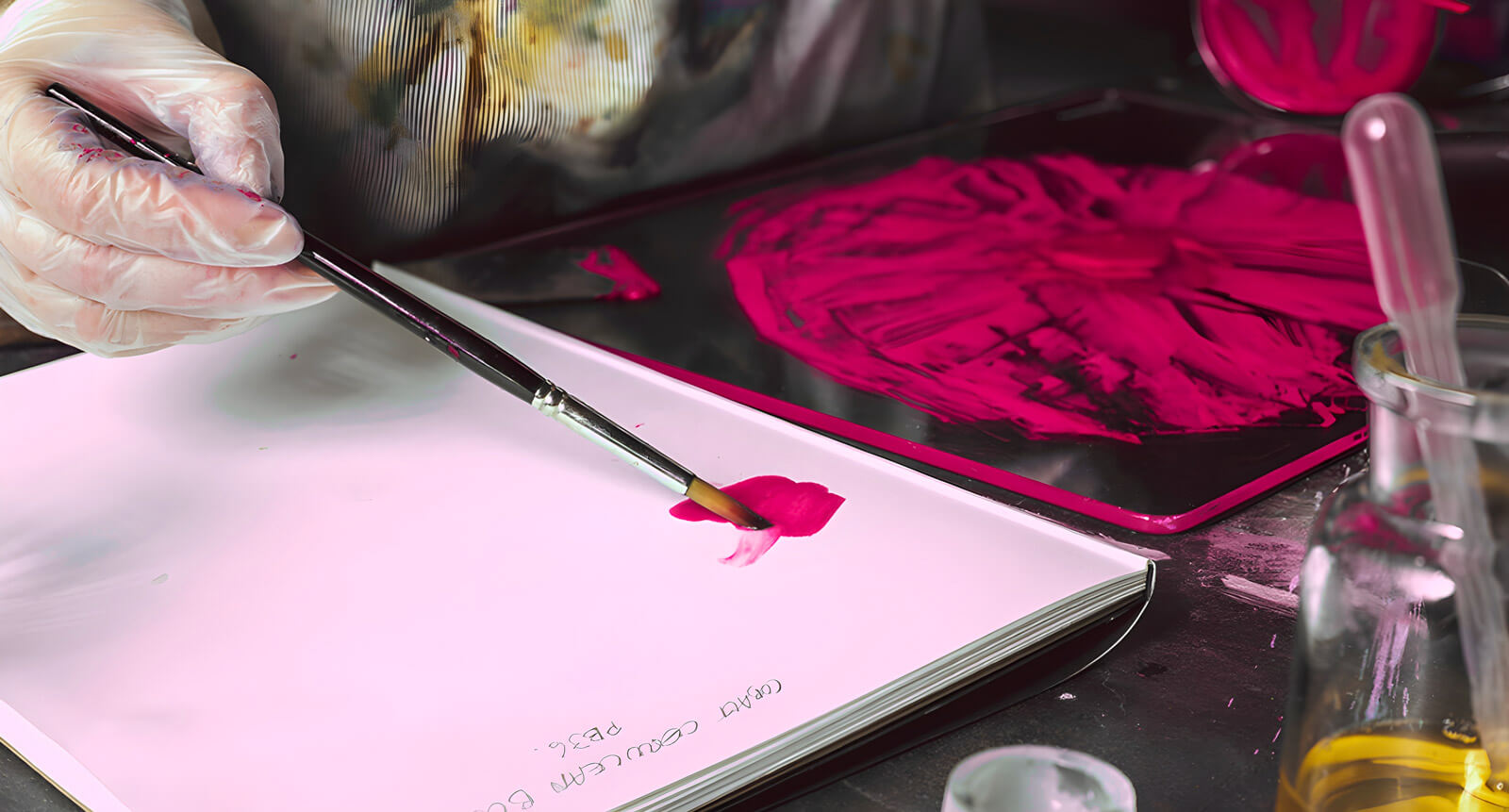
Watercolor paints are available in a wide range of colors and textures, from transparent washes to opaque and granulated pigments. Different
manufacturers may use slightly different formulations or ingredients in their paints, which can affect the quality and performance of the paint.
If you’re interested in learning about other colors, check out our pages on Quinacridone Rose Reddish, Quinacridone Rose Magenta, and Quinacridone Red Violet, which provide in-depth information on these colors and their various shades.
